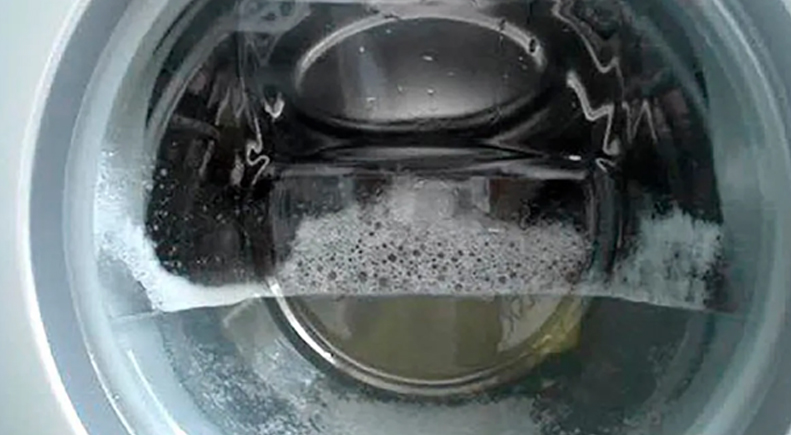
An automatic washing machine is a complex household appliance that can malfunction. And sometimes this happens at the most inopportune moment. What to do if the machine draws water for washing, but after that the process does not start, why does the machine not wash? This problem is not uncommon, and the reasons for this may be different.
If the washing machine fills with water but no longer works, this does not mean that you have to throw it away. Some causes of such breakdowns can be eliminated with your own hands. So, what could happen why the wash won’t start?
If the washing machine has a direct drive, then we eliminate this malfunction immediately, since such a machine does not have a drive belt. Otherwise, it is best to start diagnosing the washing machine with the belt. This is one of the most common reasons why the machine fills with water, but the wash does not start.
What can happen to the belt? It may fly off due to improper transportation or installation, or wear out from long-term use, which requires its replacement. In all washing machines with a belt drive and front loading of laundry, the belt is located behind the rear cover of the housing. On top-loading machines, the belt is located behind the side cover. There shouldn't be any problems removing the cover; you just need to unscrew all the bolts holding the cover in place.
If the belt has come off, it must be pulled out of the housing and carefully inspected for any defects; if any are found, it must be replaced with a new one. To put on a working belt, you need:
The second reason why a washing machine may stop washing is a malfunction in the electric motor, or rather wear of the brushes inside it. But the motor in a washing machine can be asynchronous, that is, without brushes. In this case, the starting capacitor fails.
To replace the brushes in the motor, the motor must be removed. It is usually secured with a couple of bolts. In addition, you need to remove the existing sensors and belt from the engine. Now we take the motor and use a screwdriver to remove the terminal from the brush.
Now we insert a small plate into the slot, bend it and pull it out. The second brush is removed in the same way.
Next, insert a new brush into the brush holder, compress the brush spring and secure this spring with a plate. We put a terminal on the plate. We install the second brush in the same way. We assemble the washing machine.
In some models of washing machines, after the machine fills with water, the wash may not start due to a broken heating element. In this case, there is no heating of the water, and the temperature sensor does not send a signal to continue the washing process. But at the same time, an error code regarding the breakdown of the heating element must appear on the display. You will need to check the performance of the heating element and, if necessary, replace it with a new one.
If checking the engine, heating element, and drive belt does not reveal the reason that the machine draws water and does not start washing, then there is a high probability of failure of the electrics or control module. Electrical testing is a painstaking job involving inspection of all terminals and wires. Perhaps some wire has burned out or a terminal has oxidized; by cleaning it, you can restore the operation of the machine.
It's a completely different matter if there is a fault in the electronic board. It is through it that the washing stages are switched, in particular, when the machine takes in water and the water reaches a certain level, a signal is sent to the module from the pressure switch, then a signal should go from the module to the engine, but due to a malfunction this does not happen.
If the control board is broken, it is better to contact a professional who can determine whether the board can be repaired or replaced completely. If you are good with electronics, you can try to test the board yourself. But we would not recommend taking risks - why? Because this could lead to even bigger problems.
Some users note that if the machine fills with water but does not start washing, the reason may be a clogged drain filter or hose. And after cleaning the drain system, the machine begins to work as expected. In our opinion, users in this case do not explain all the “symptoms” of the washing machine, or describe them incorrectly, meaning by the phrase “does not erase” the symptom “does not drain”, “the program freezes”, etc.
So, we note that the washing machine may not start washing after filling with water for several reasons. Most of these reasons are fairly easy to determine on your own and then fix the problem. There would be desire and patience, and everything else would follow. Happy renovation!
Copyright © 2020 Coimbatore Service.